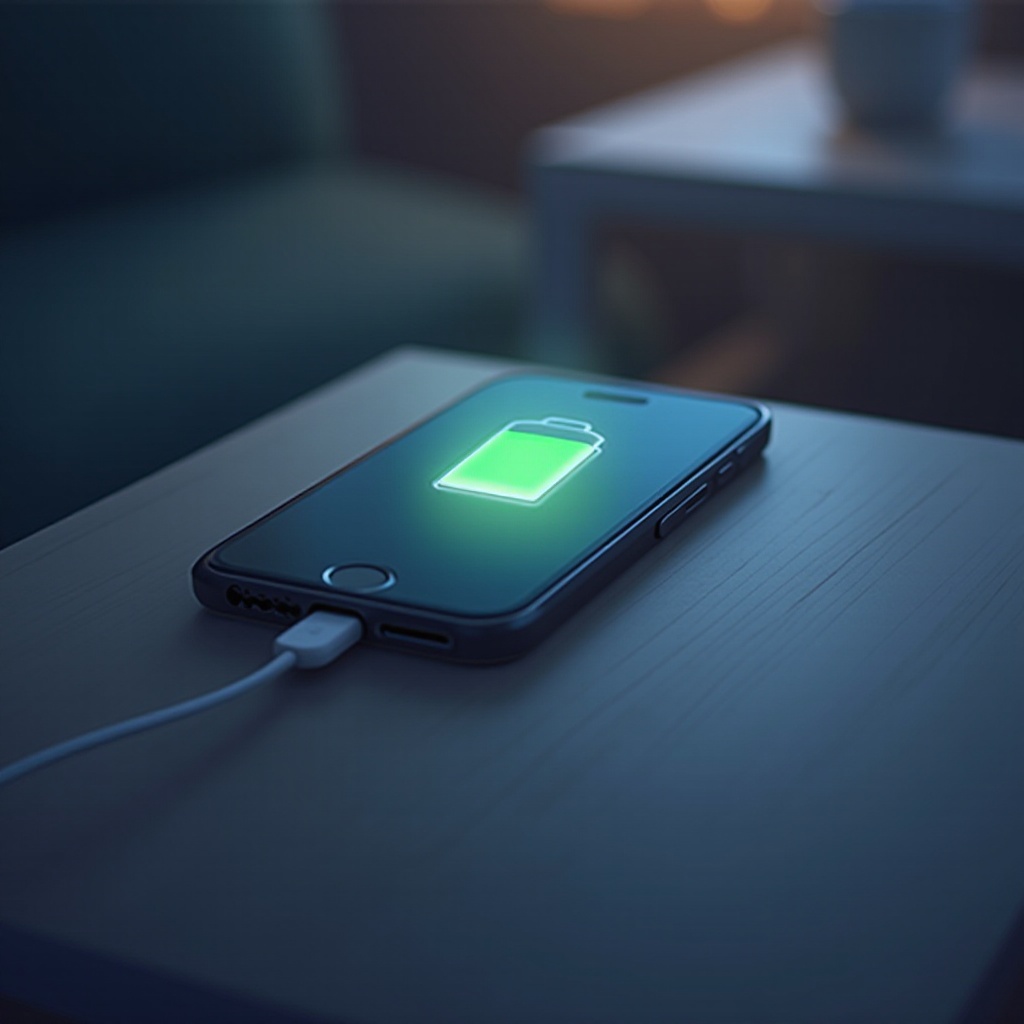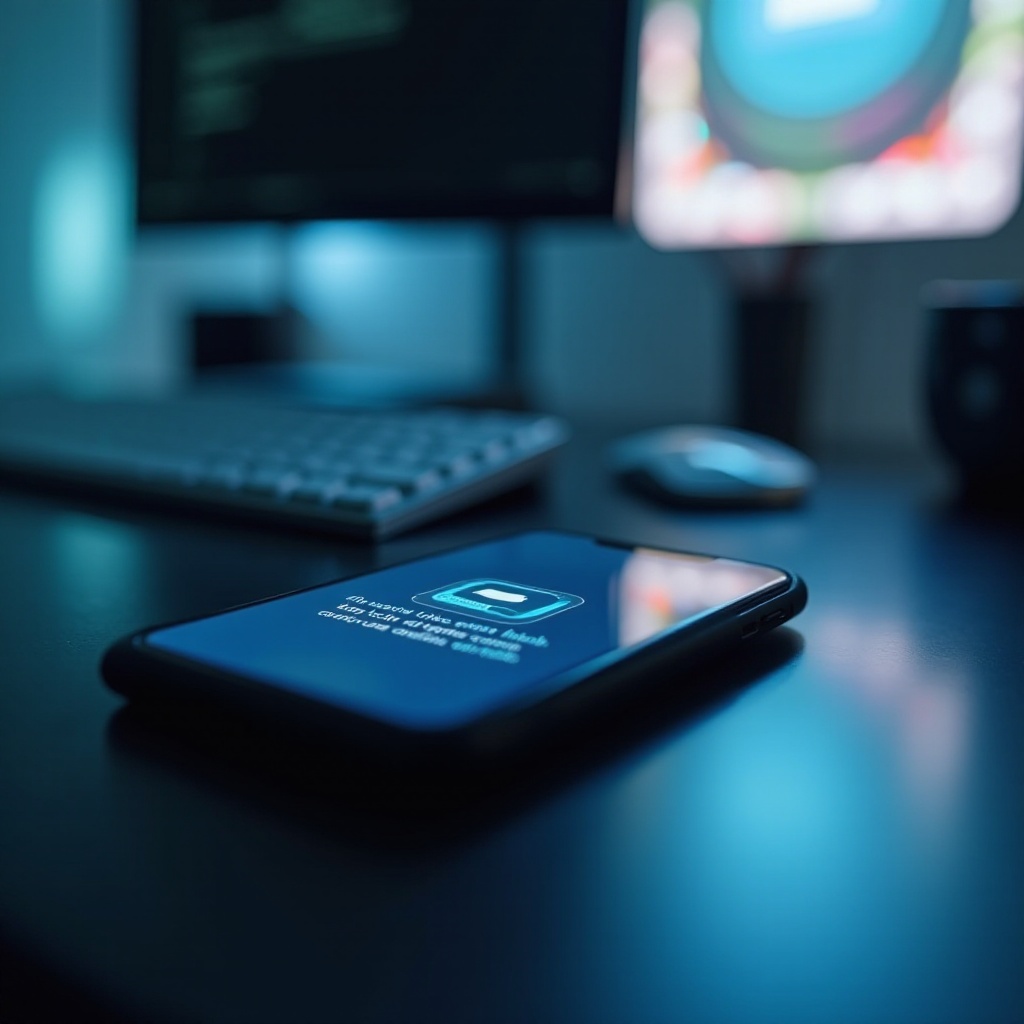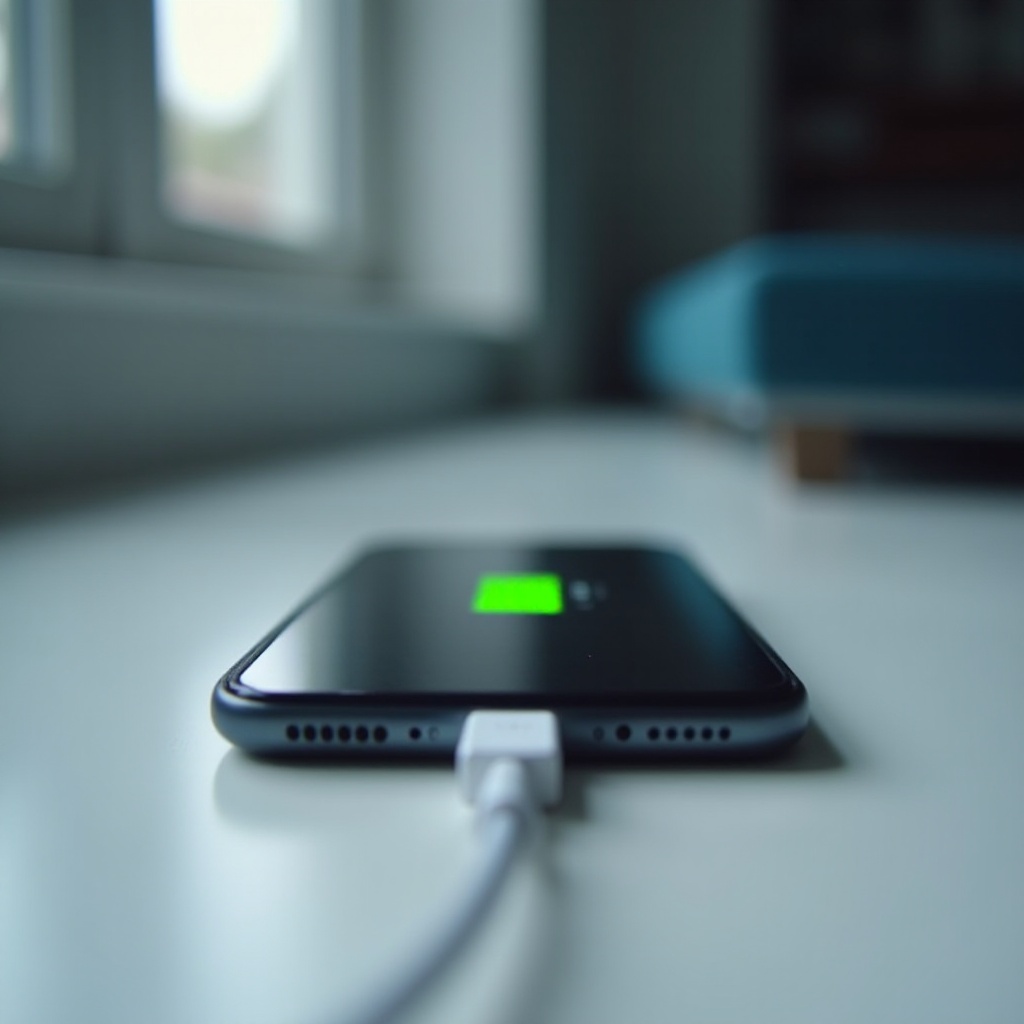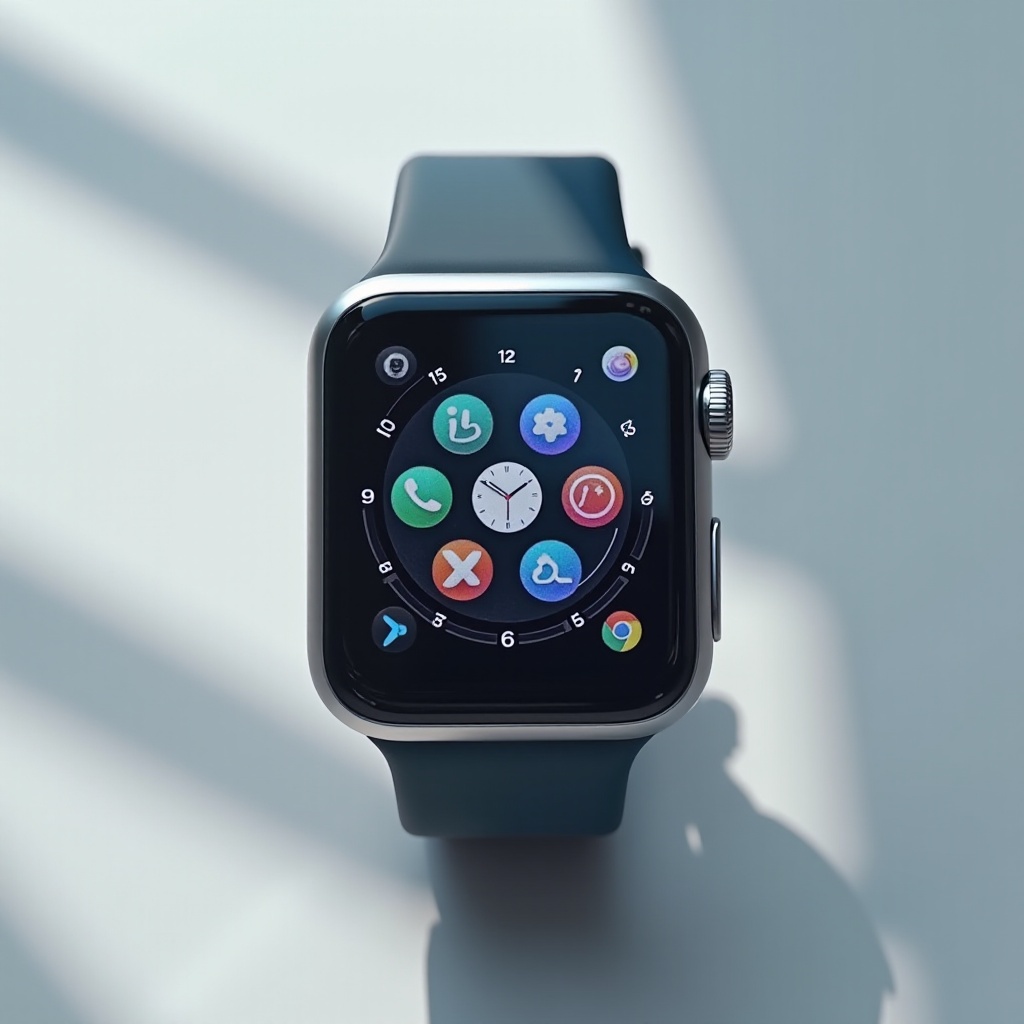Introduction
Experiencing a phone that refuses to charge beyond 1% can be incredibly frustrating, especially when you rely on it for daily tasks. Understanding the underlying issues can save time and potentially prevent costly repairs. This guide explores common reasons for this problem and offers practical solutions to help you troubleshoot and resolve these charging irregularities. By addressing potential hardware glitches, software issues, and maintenance tips, you’ll be equipped to tackle the problem head-on and restore your phone’s charge.

Common Reasons Your Phone Won’t Charge Past 1%
Several factors can prevent your phone from charging beyond 1%. Identifying the root cause is crucial for finding the right solution.
Faulty Charging Accessories
Charging cables, adapters, or wireless pads can degrade over time or become damaged. Inferior accessories might not deliver adequate power, causing the charging process to stall.
Dirty or Damaged Charging Port
The charging port on your phone can accumulate dust, lint, and debris. This buildup can obstruct the connection between your phone and the charger, leading to charging difficulties or failure to charge past a certain point.
Software Issues and Glitches
Occasionally, software bugs and glitches can interfere with charging functionality. An outdated operating system or malfunctioning apps might hinder your device’s capability to recognize or maintain a charging connection. Let’s explore a structured approach to troubleshooting these issues, starting with inspecting your charging accessories.
Step-by-Step Troubleshooting Guide
Solving the issue might be simpler than expected. Follow these step-by-step instructions to identify and fix common charging problems.
Inspecting and Replacing Charging Accessories
- Examine your charging cable and adapter for any visible damage, such as frayed wires or burnt marks.
- Swap the cable and adapter with known working accessories to test if the phone charges effectively.
- Consider trying a different power outlet or USB port on your computer to rule out power source issues.
Cleaning the Charging Port Safely
- Power off your device before cleaning to avoid accidental damage.
- Use a small, dry toothbrush or a can of compressed air to gently remove debris from the charging port.
- Avoid inserting sharp objects that might damage the delicate internal components of the port.
Ensuring the Power Source is Working
- Verify that the power outlet or surge protector is functional by plugging in another device.
- Try different outlets to ensure it isn’t a localized power issue.
- If using a computer’s USB port, check that it supplies sufficient power by experimenting with alternative ports or a different computer.
After addressing hardware concerns, focusing on software solutions might resolve persistent charging issues.
Software Solutions for Charging Issues
Updating Software and Apps
Regularly updating your phone’s operating system and apps can fix bugs that might impede charging. Check for updates in your phone’s settings menu and install them if available.
Resetting Device Settings
Sometimes, resetting your phone’s settings (not a full factory reset) can resolve software-related charging issues. Go to Settings and find the ‘Reset’ option. Select ‘Reset All Settings’ to revert to default configuration without erasing data.
Checking for Background App Usage
Some apps running in the background can siphon battery power, affecting charging efficiency. Navigate to battery usage settings to identify power-hungry apps. Force close or uninstall apps that consume excessive power.
Addressing both hardware and software concerns, let’s delve into understanding battery health and maintenance strategies.

Understanding Battery Health and Maintenance
Maintaining battery health is crucial for prolonged device performance and charging capabilities.
Signs of Battery Degradation
Batteries naturally degrade over time. Indicators include a noticeably shorter battery life, overheating during use or charging, and the inability to charge beyond a certain point.
Best Practices for Battery Care
- Avoid extreme temperatures; both heat and cold can affect battery performance.
- Follow the 20-80% rule: maintain a charge level between 20% and 80% for optimal health.
- Use authorized charging equipment to ensure the best voltage and current for your device.
When to Consider Battery Replacement
When a phone consistently fails to hold a charge, replacing the battery may be necessary. Signs include constant need for recharging after minimal usage or unexpected shutdowns.
Sometimes troubleshooting isn’t enough. Here’s when to seek expert assistance.

When It’s Time to Seek Professional Help
If none of the above solutions work, professional diagnostic tests can pinpoint the issue.
Recognizing Hardware Damage
Physical damage such as a damaged charging port, swollen battery, or internal circuitry issues may require professional repair.
Professional Diagnostic Tools and Services
Phone repair technicians use specialized tools to diagnose and fix intricate problems beyond simple DIY fixes. If you’re uncertain, consult with a reputable repair service for a thorough evaluation.
Conclusion
Charging issues can stem from various causes, but with systematic troubleshooting and maintenance, most of these problems can be resolved. Understanding both hardware and software components ensures prolonged phone health and charging efficacy. For persistent problems, professional assistance remains a reliable solution.
Frequently Asked Questions
What Should I Do If My Phone Charges Slowly?
Ensure you are using a proper charger, clear cache, and check for background apps. Try to reduce usage while charging.
Can Charging My Phone Overnight Damage the Battery?
Modern phones manage charging to prevent overcharging. However, it’s still wise to unplug once fully charged to maintain battery health.
How Often Should I Replace My Phone’s Battery?
Typically, every 18-24 months, depending on usage patterns and battery performance indicators.

